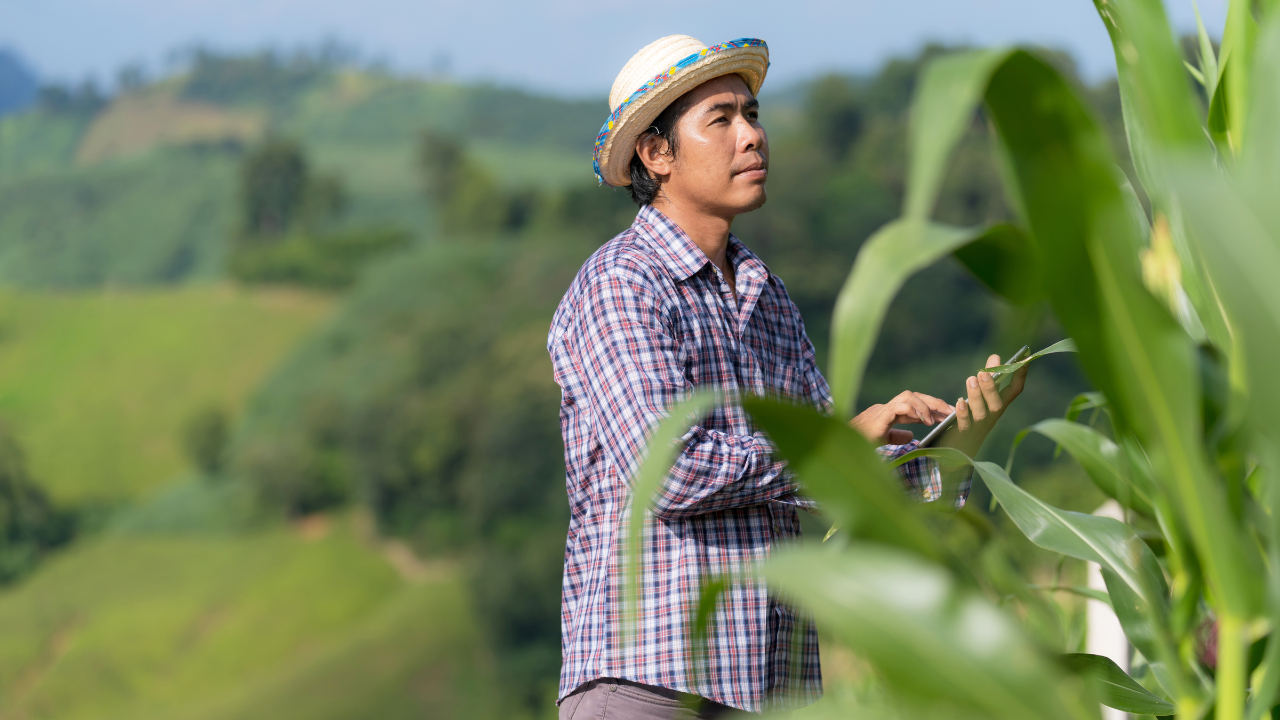🌱 Introduction: A New Era in Agriculture
Farming has come a long way from the days of plows and guesswork. In 2025, agriculture is undergoing a radical transformation—one driven by smart farming technologies. These cutting-edge tools and systems are empowering farmers to grow more food with less waste, fewer chemicals, and better environmental outcomes.
Welcome to the age of Agri-tech innovation, where AI in agriculture, data analytics, drones, and robotics are reshaping how we plant, harvest, and protect our crops. Whether you’re a tech enthusiast, a grower, or just curious about where your food comes from, this blog will walk you through how smart farming technologies are revolutionizing agriculture this year—and beyond.
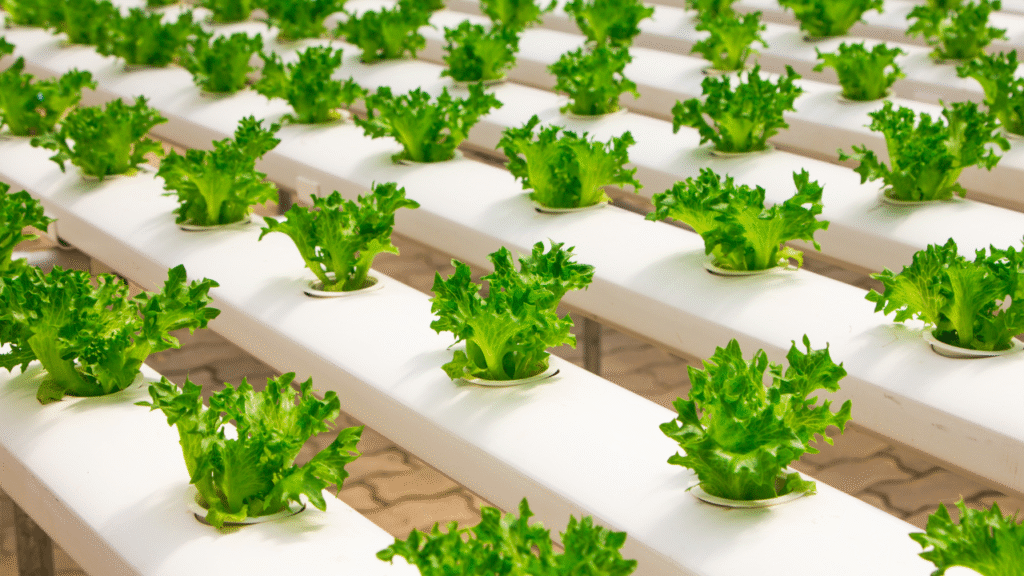
🤖 What Are Smart Farming Technologies?
At its core, smart farming technologies refer to digital tools and connected devices that help farmers make more informed, efficient, and sustainable decisions. Think of it as “farming with data.”
Some of the most popular tools include:
- Drones that scan crops from the sky
- Sensors in soil that measure moisture and nutrients
- GPS-enabled tractors that plant seeds with pinpoint accuracy
- AI-driven software that predicts disease outbreaks or optimal harvest times
These tools are often part of what’s called precision agriculture—a method that uses technology to ensure crops and soil receive exactly what they need, exactly when and where they need it.
📈 The Role of Precision Agriculture in 2025
🎯 Targeted Farming at its Best
One of the most impressive aspects of smart farming technologies is their ability to support precision agriculture. Instead of treating an entire field the same way, farmers can now treat each square meter—or even each plant—differently.
For example, if one part of a field is dry, a smart irrigation system will water only that section. If a certain patch has more nitrogen, it can receive less fertilizer. This kind of ultra-targeted approach is not only more efficient but also environmentally friendly.
In 2025, precision agriculture is helping farmers reduce input costs, increase yields, and minimize environmental impact—all while feeding a growing global population.
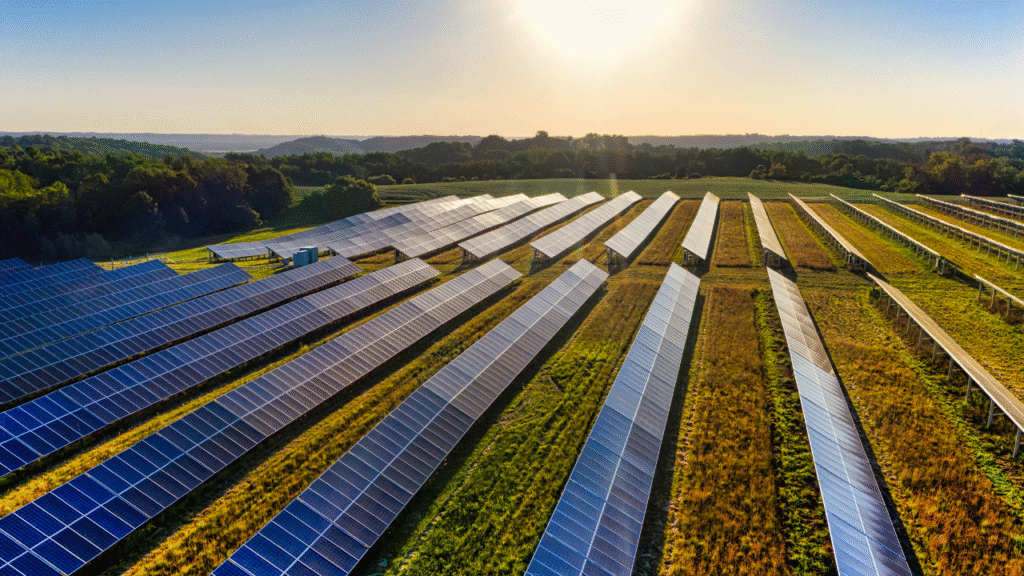
🧠 AI in Agriculture: Smarter Decisions, Bigger Yields
🌾 Predict, Prevent, and Prosper
Artificial intelligence, or AI in agriculture, is another driving force behind the rise of smart farming technologies. From predicting the weather to diagnosing plant diseases, AI is taking the guesswork out of farming.
Some real-world examples from 2025 include:
- AI-powered image recognition tools that detect pests or nutrient deficiencies in real time
- Machine learning algorithms that predict crop yields based on historical and live weather data
- Chatbots for farmers that offer instant advice on crop care and market pricing
These tools not only save time and labor, but they also enable farmers to make faster, more informed decisions that lead to healthier crops and bigger harvests.
🚁 Drones and Robots: The Future is in the Field
👨🌾 Less Manual Labor, More Smart Action
Automation is no longer just for factories. In 2025, smart farming technologies include a variety of drones and autonomous robots that are helping with everything from planting seeds to picking fruit.
Agricultural drones can map entire fields in minutes, spot areas of concern, and even spray fertilizers or pesticides with surgical precision. Meanwhile, field robots are being used to weed, harvest, and sort produce without ever needing a coffee break.
By reducing the need for repetitive manual labor, these tools are solving one of agriculture’s biggest modern challenges: labor shortages—while improving consistency and reducing waste.
🌍 Sustainability and Environmental Impact
🌿 Farming Smarter for the Planet
Modern farming must do more than feed the world—it must do it sustainably. And this is where smart farming technologies shine.
By using precision agriculture techniques, farmers are significantly cutting down on water, fertilizer, and pesticide usage. AI in agriculture helps reduce food loss by predicting supply and demand more accurately. And renewable-powered drones and electric field equipment are reducing the carbon footprint of food production.
These innovations are not just about profit; they’re about protecting ecosystems and making sure future generations can farm the same land we do today.
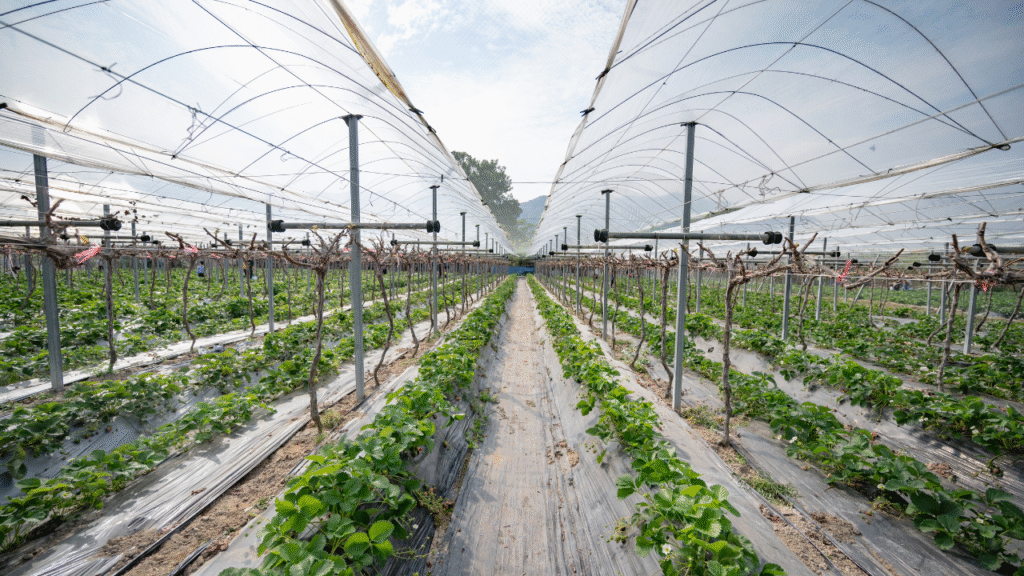
🌐 Global Adoption: Who’s Leading the Way?
🌾 Innovation Across Continents
In 2025, the adoption of smart farming technologies is accelerating worldwide:
- The U.S. and Canada are using AI-powered platforms to optimize large-scale farming operations.
- India is integrating smartphone-based solutions for small farmers to access market data and agronomic advice.
- Europe is focusing on eco-conscious Agri-tech innovation, combining organic farming with technology.
- Africa is seeing a surge in drone-based irrigation and monitoring, improving yields in remote areas.
This global embrace shows that technology isn’t just for big farms—it’s for everyone, everywhere.
💰 Economic Benefits for Farmers
📊 Smarter Inputs, Higher Returns
With tighter margins and unpredictable weather, farmers are under more pressure than ever to maximize their investment. That’s why the economic upside of smart farming technologies is a big deal.
According to a 2025 report by AgriTech Insights:
- Farmers using precision tools reduced fertilizer use by up to 30%
- Water usage dropped by 20–40% in smart-irrigated farms
- Crop yields improved by 15–25% thanks to AI-assisted decisions
In short, these tools aren’t just environmentally smart—they’re financially smart, too.
🧪 Challenges and What’s Next
⚠️ Not Without Hurdles
While the benefits are undeniable, there are still challenges to overcome:
- High initial costs for equipment and training
- Connectivity issues in rural areas
- Data privacy and security concerns
- The need for farmer education and support
Still, the momentum behind Agri-tech innovation is strong. With governments and private companies investing in infrastructure and training, these barriers are gradually being lowered.
Looking forward, we’ll likely see even more integration of blockchain, satellite imaging, and genomic data into the world of smart farming technologies.
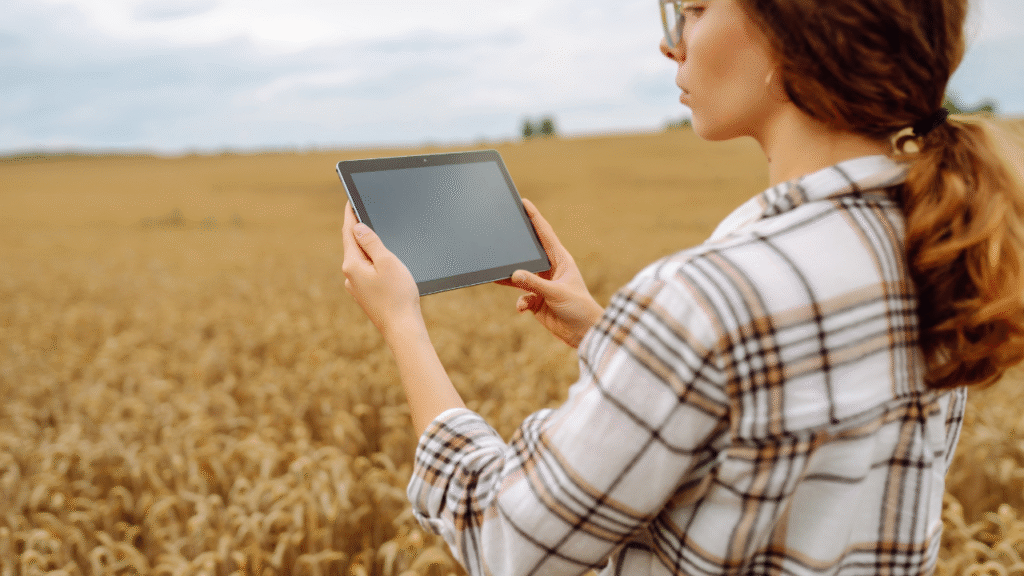
🌟 Final Thoughts: Farming Smarter, Growing Better
The agriculture industry in 2025 is unrecognizable from what it was just a decade ago—and that's a good thing. Thanks to smart farming technologies, farmers are more empowered than ever to grow food efficiently, sustainably, and profitably.
By harnessing precision agriculture, AI in agriculture, and the ongoing wave of Agri-tech innovation, we’re not just farming better—we’re shaping a brighter, greener future for everyone.
As these technologies continue to evolve, one thing is clear: the smartest farms will be the most successful—and the most sustainable.


